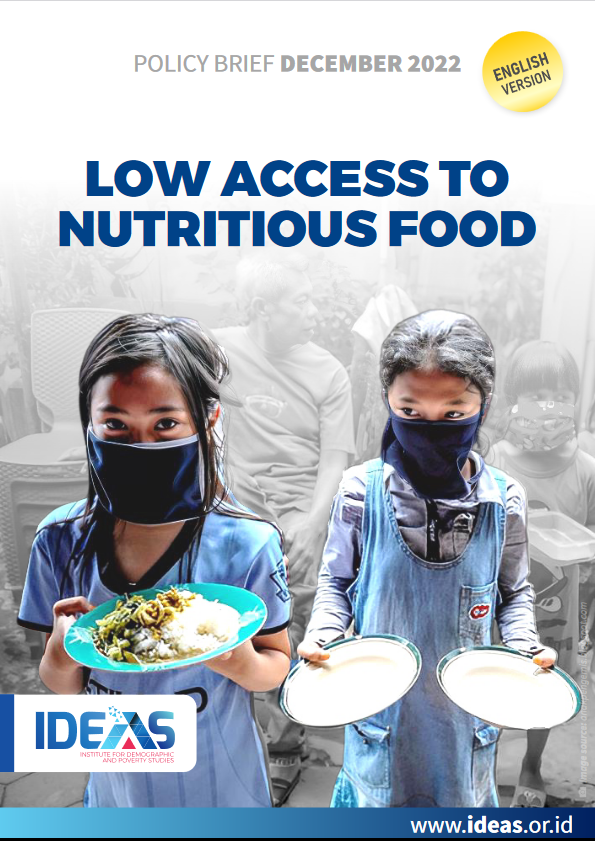Access to nutritious food is one of the fundamental rights of every Indonesian. Nutritious food is an essential factor in Indonesia’s economic development. Nutritious food can help improve people’s productivity and health, two critical components of economic growth.
Nutritious food can increase the work productivity of the Indonesian people. Nutritious food can provide the nutrients needed to increase energy and concentration. It can help improve work productivity, increase income and create jobs.
In addition, nutritious food can also help improve the health of the Indonesian people. Healthy food contains the nutrients needed to maintain a healthy body and reduce disease risk. It will reduce health costs incurred to treat disease, help improve people’s welfare and increase productivity.
Using data from the March 2021 Susenas, IDEAS can construct subjective and objective indicators of nutritional adequacy. Subjectively, this indicator was obtained from Susenas respondents’ acknowledgment of whether the household could eat healthy and nutritious food over the past year. As a result, it was found that there were 23.4 million Indonesians, or the equivalent of 8.62 percent of the population, who could not afford to eat healthy and nutritious food.
Objectively, IDEAS uses the indicators of nutritional adequacy figures stipulated in the Regulation of the Minister of Health No. 28 of 2019 concerning the recommended nutritional adequacy rate for Indonesian people. Using this determination, we find a reality that is far from predictable. Objectively, 205.1 million people, or 75.7 percent of Indonesia’s population, have not yet met this nutritional adequacy rate.
If examined further at the regency and city level, there are only a few regions and cities whose community recognition exceeds reality. It also shows the low literacy of the community regarding nutritious food. Many think they have eaten nutritious food, but their meals have not met the recommended nutritional adequacy rate.
The gap between reality and recognition is quite broad. For example, in Dogiyai Regency, only 7.34 percent of the population admit that they cannot afford to eat healthy and nutritious food. However, the

